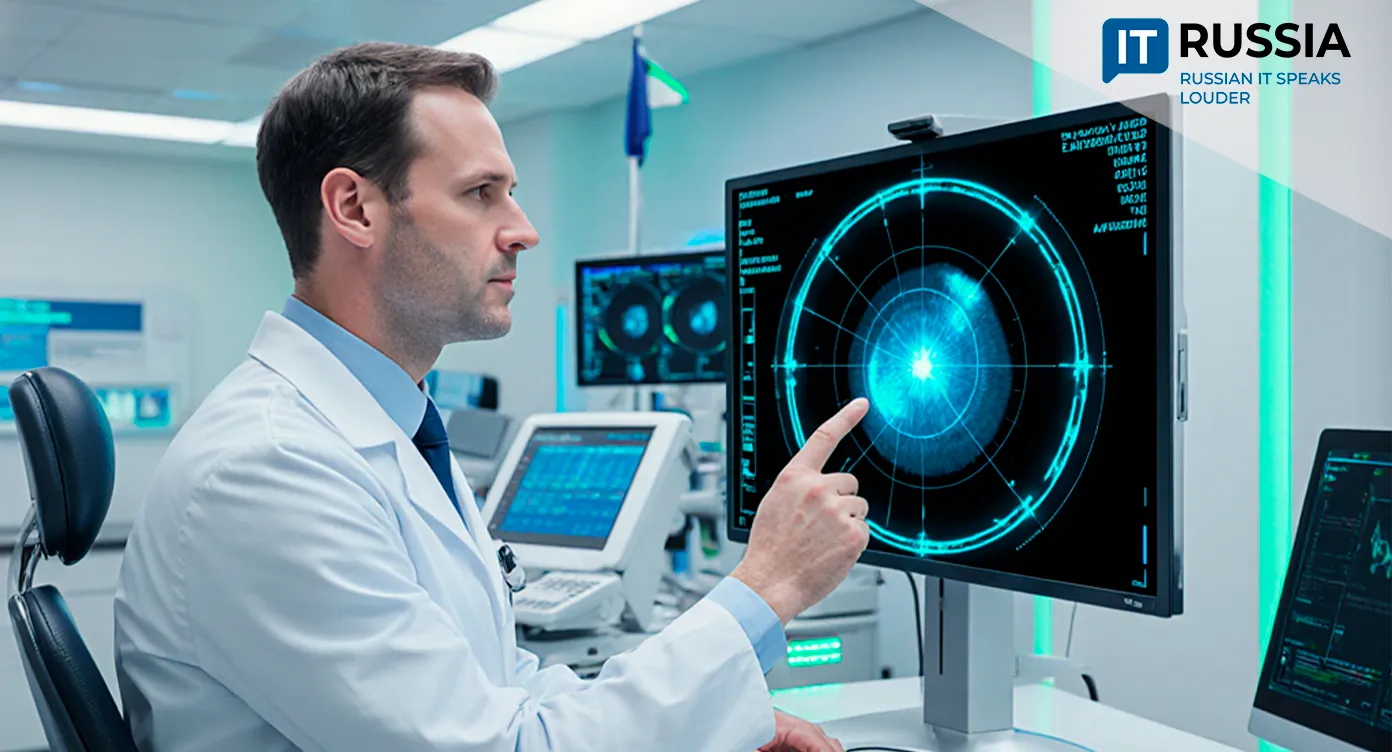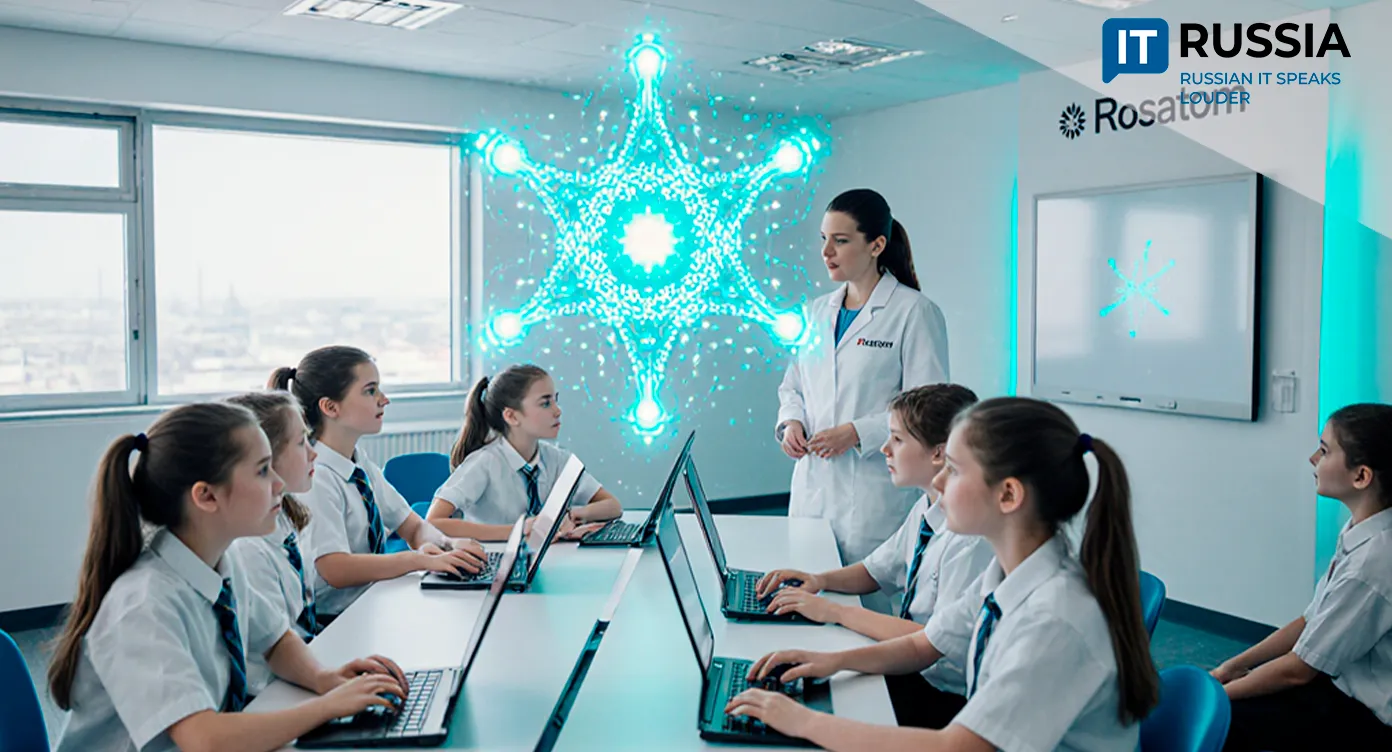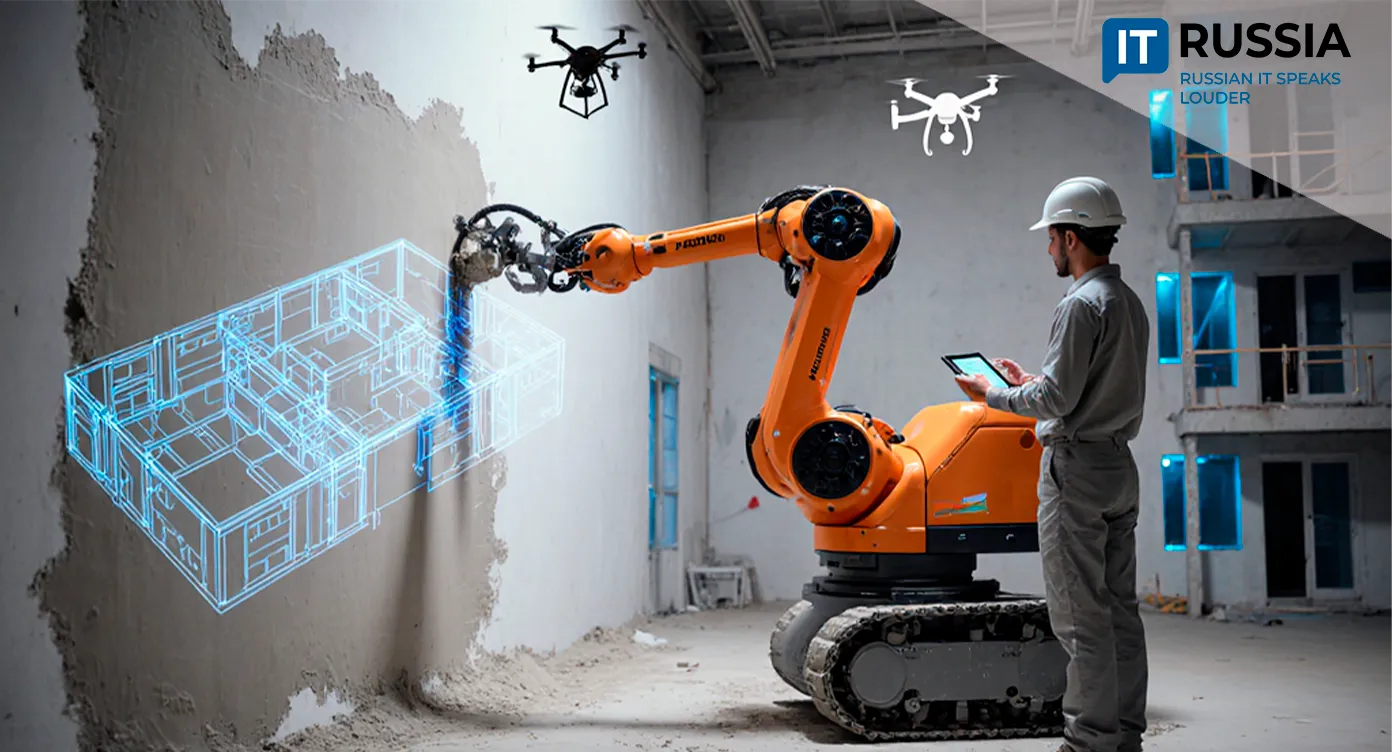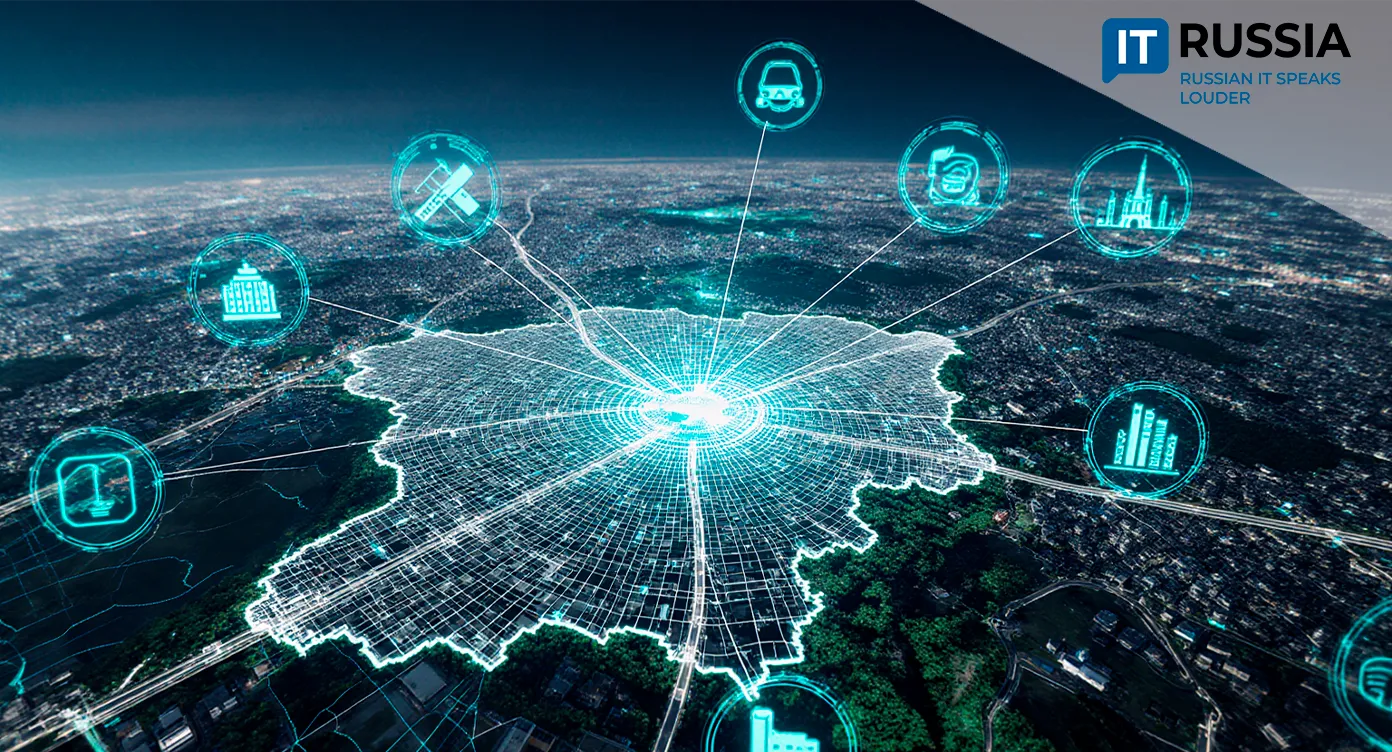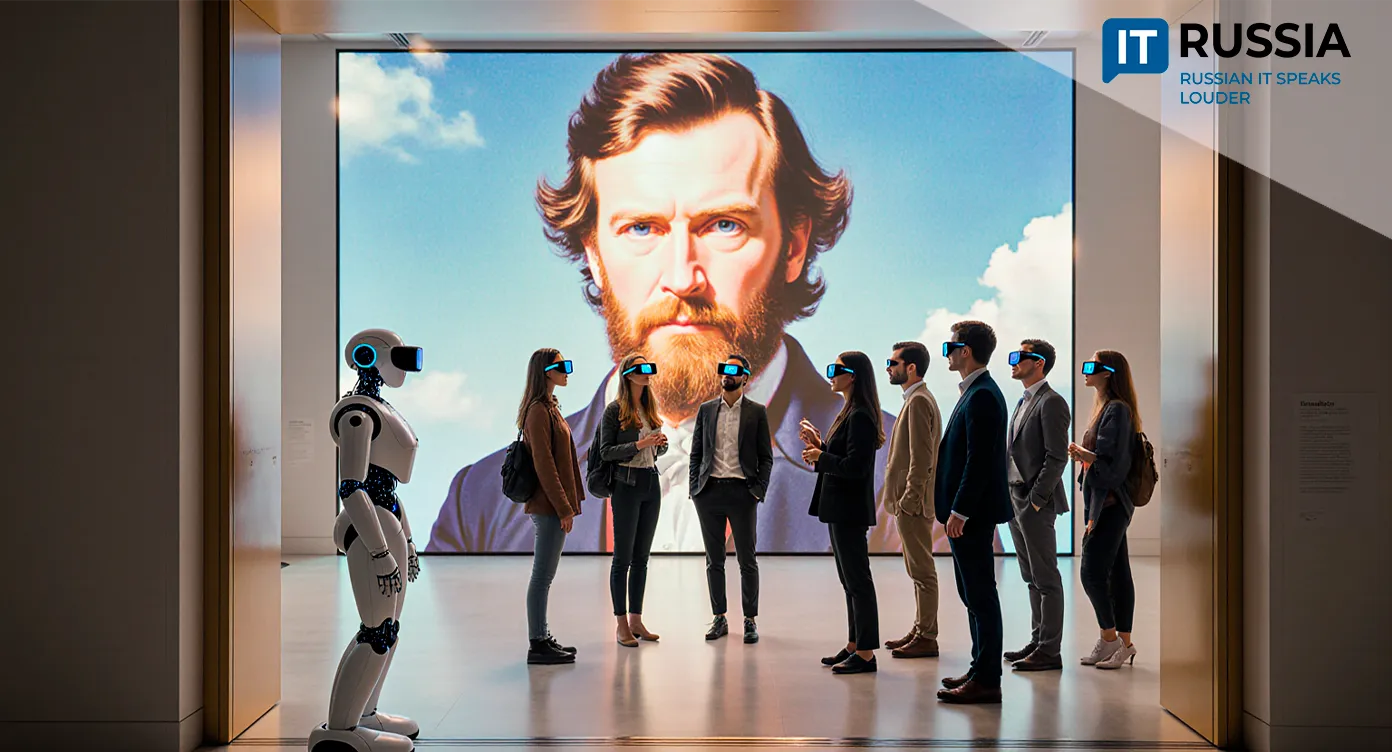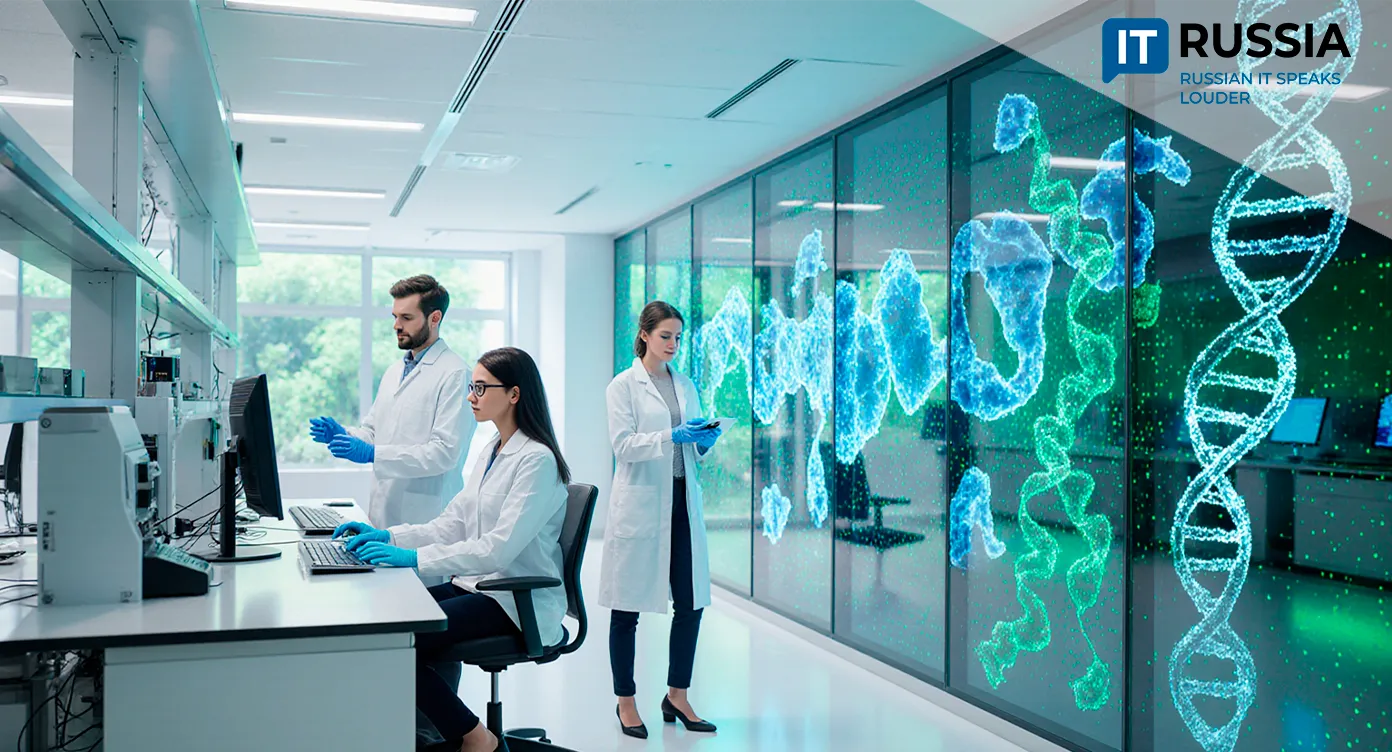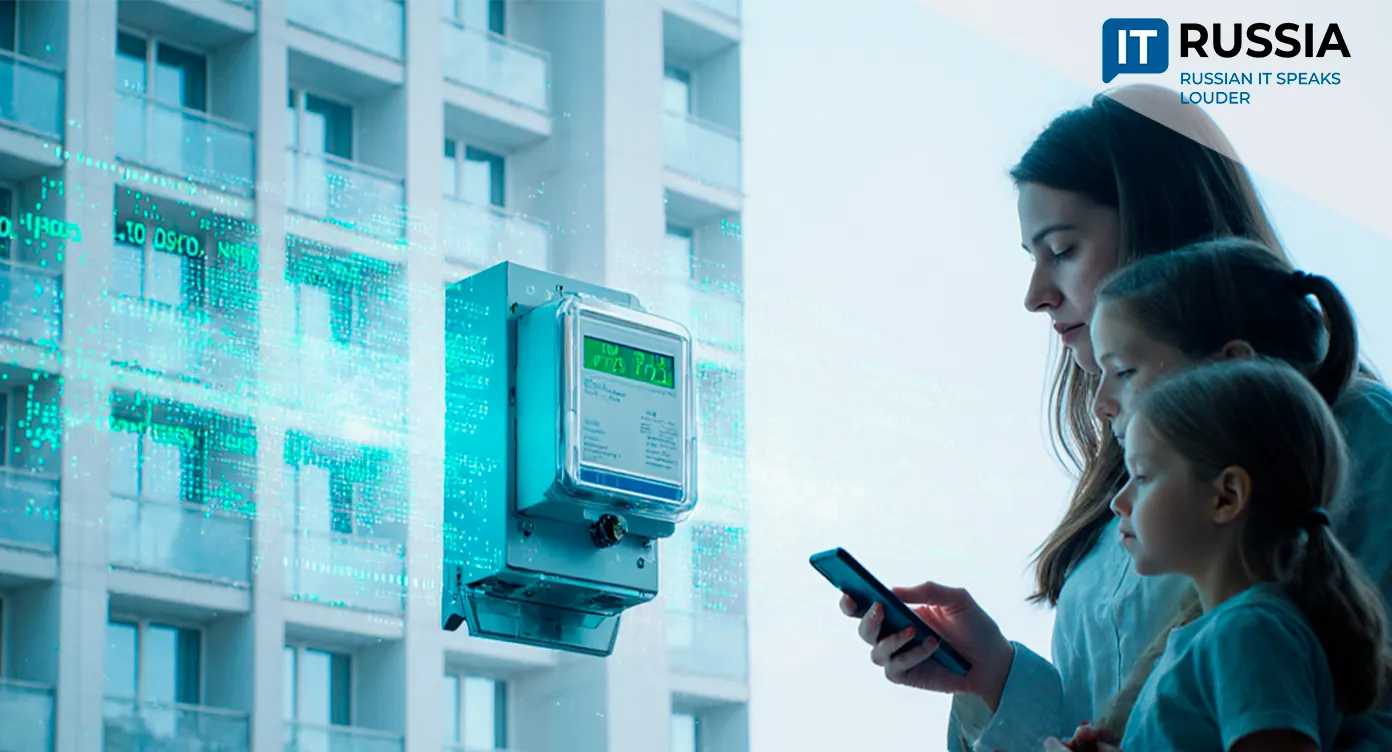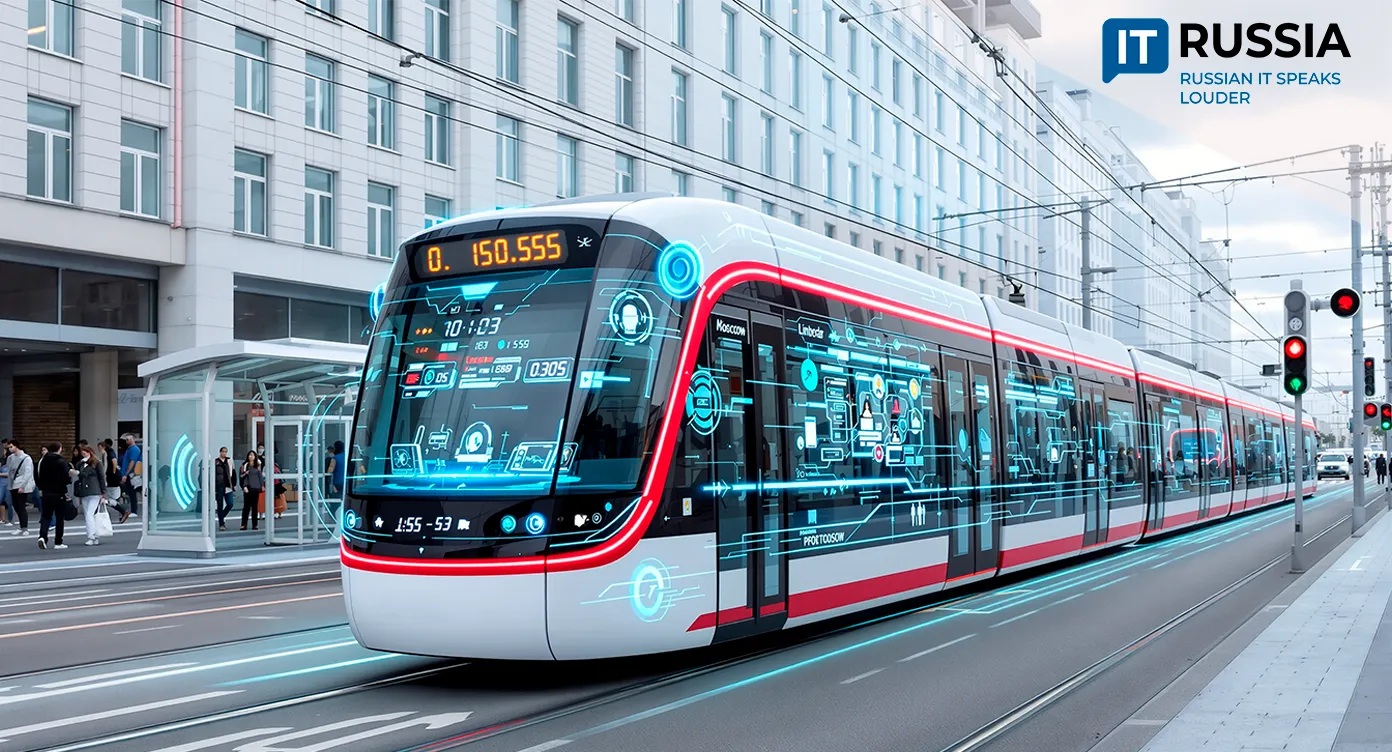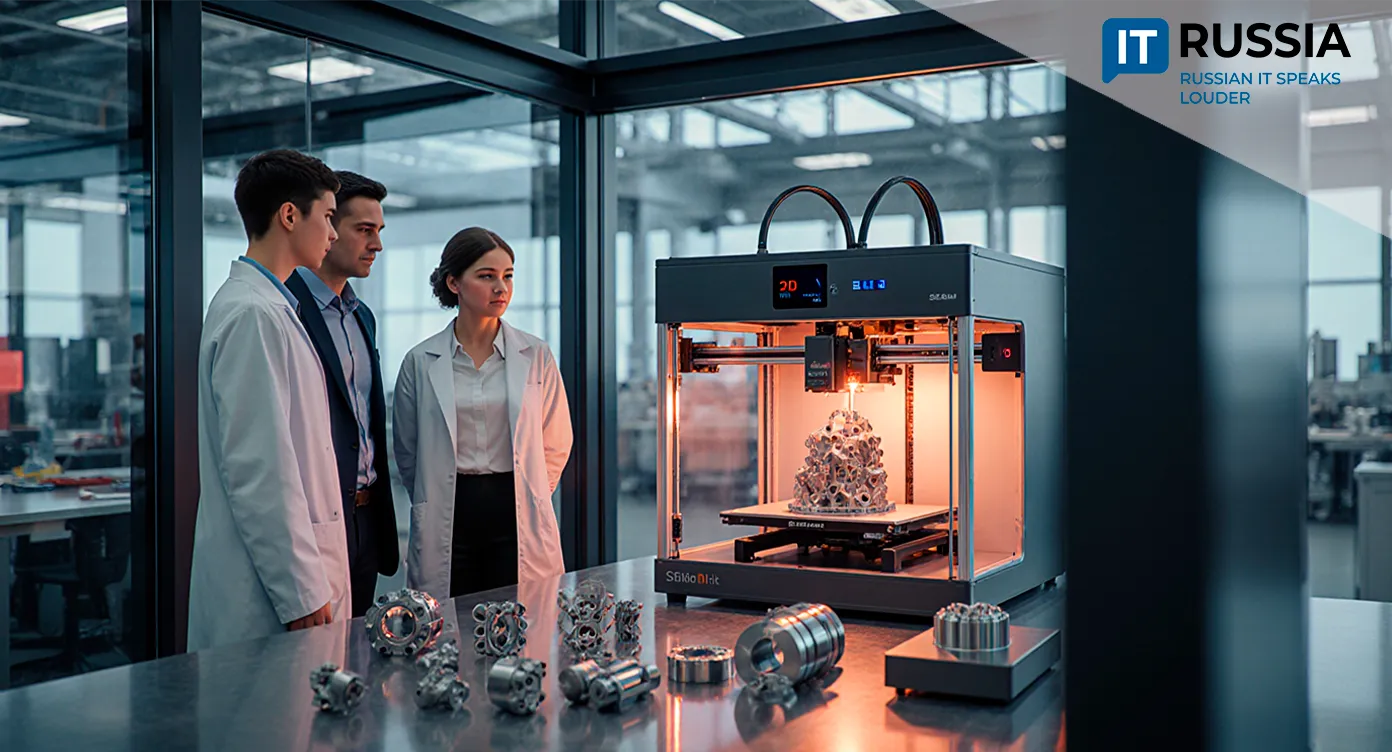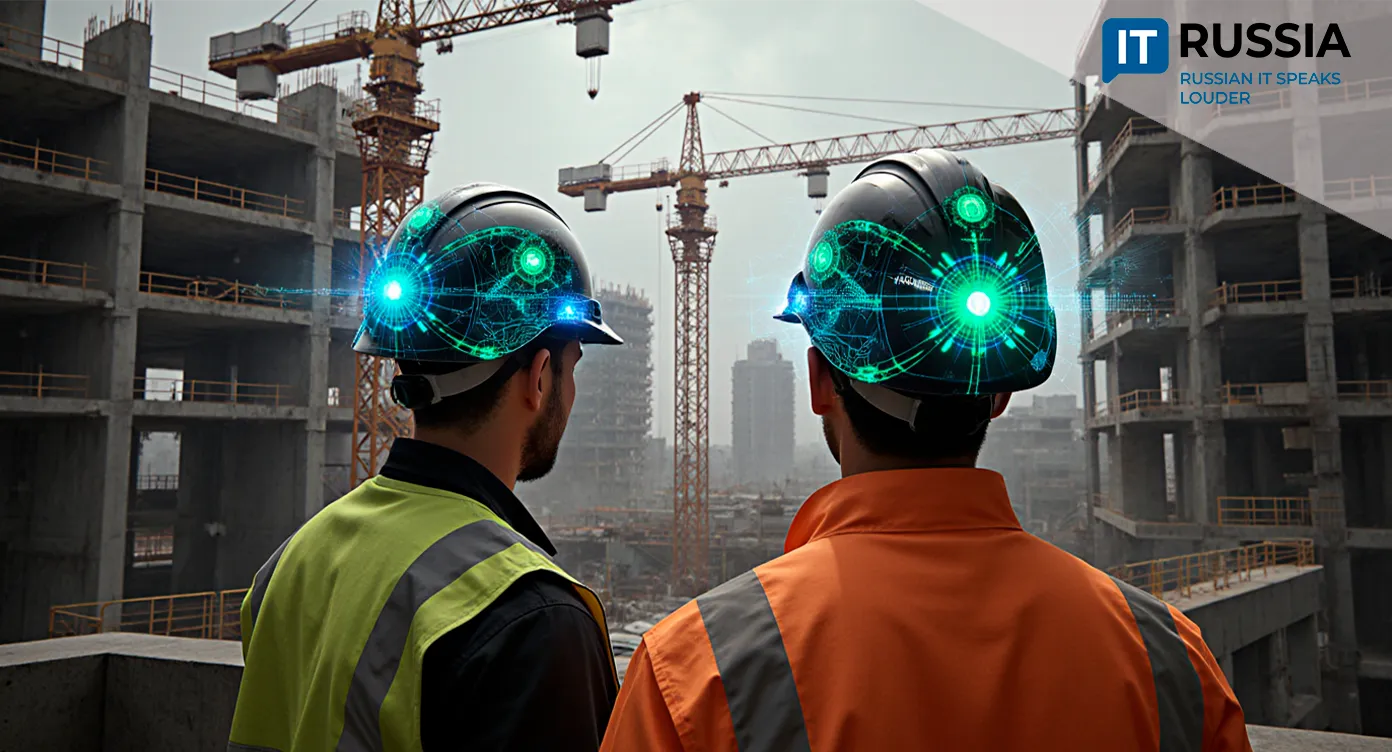Smart Traffic Lights in Kaluga
Digital transformation of urban transport is gaining momentum across Russian regions, and Kaluga has become a showcase of how modern technology can radically reshape urban mobility.
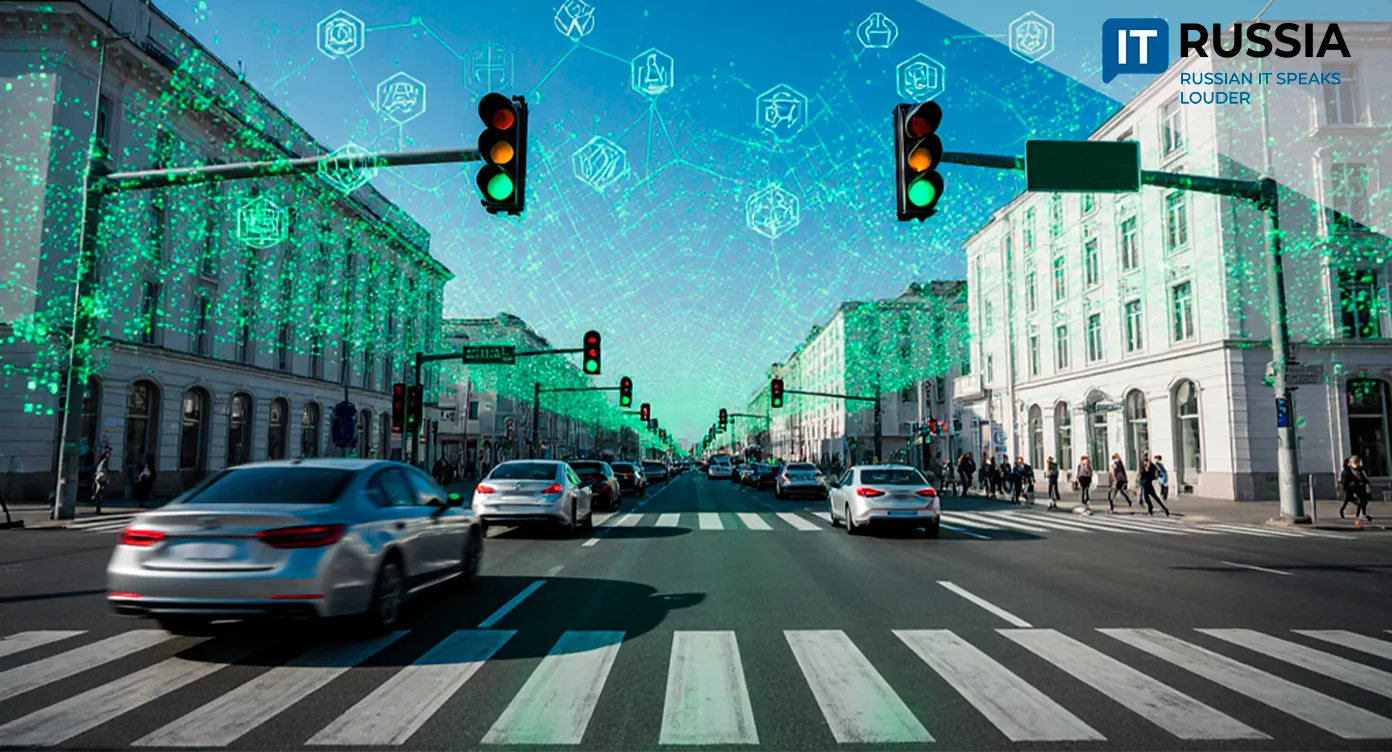
A Technological Breakthrough on Kaluga’s Roads
As part of the national project “Infrastructure for Life,” Kaluga launched a coordinated traffic light management system across five key city road sections. The modernization involved replacing seven traffic controllers, 57 vehicle lights, 38 pedestrian signals, installing 70 traffic detectors, and two pedestrian call panels. Eight traffic light sites were connected to the Traffic Management Center. Results exceeded expectations—average vehicle speed across different sections rose by 18% to 26%.
The principle of coordinated management is based on synchronizing signals to create a “green wave”—allowing continuous vehicle flow with minimal stops. The system analyzes detector data and automatically adjusts signal timings depending on real-time traffic conditions.
Strategic Prospects for Russian Technology
Kaluga’s success opens significant opportunities to scale Russian solutions both domestically and abroad.
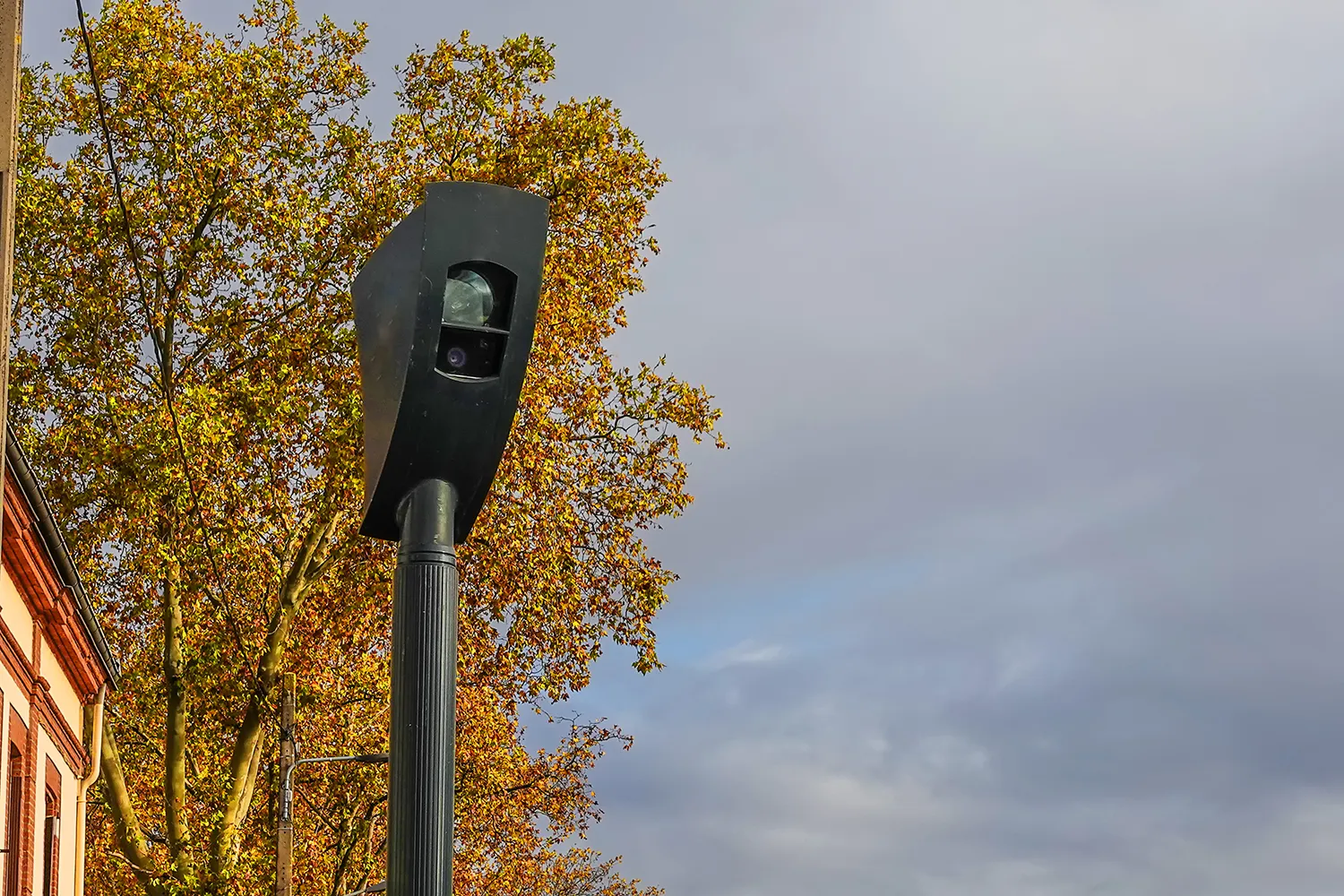
The export potential of Russian smart city technology looks promising. Domestic intelligent transport systems can appeal to CIS countries and developing markets where cost-effective solutions for traffic management are in demand.
Russian producers of traffic management complexes—including companies like SpetsDorProekt, Shvabe-Moscow, and Sitronics Group—are actively advancing adaptive traffic signal technologies. “Smart Intersection” systems have already been deployed at more than 600 intersections in Moscow, as well as in Kudrovo, Rybinsk, and Zelenograd.
The “Infrastructure for Life” project envisions further development of intelligent transport systems starting in 2025. The program aims to create 50 smart cities by 2025, ensuring 100% informatization of public transport.
Global Practice in Transport Digitalization
Kaluga’s project aligns with the global trend in intelligent transport systems. In Moscow, the system now includes 2,400 smart traffic lights, more than 6,500 sensors, and over 2,500 cameras. Adaptive traffic light management on the Garden Ring has reduced delays by 10–15% during rush hour.
Internationally, similar systems show striking results. In Pittsburgh, USA, Surtrac 2.0 has cut idle time by 40%, travel time by 25%, and emissions by 21%. In Singapore, upgraded traffic signals reduce travel time by 10–15%. China is also scaling up its intelligent transport systems: Hong Kong now operates a unified traffic light management system with sensor-based controls.
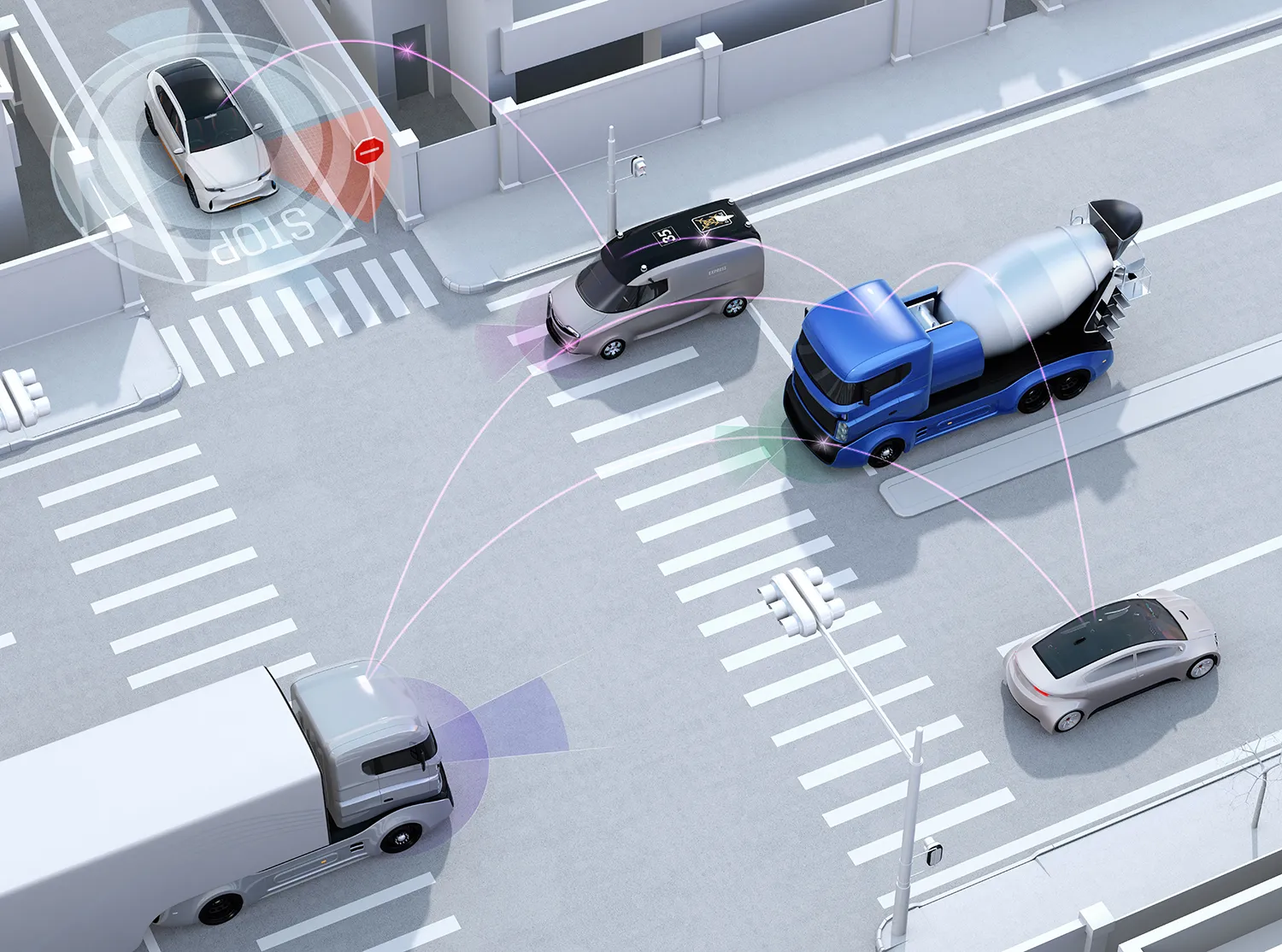
Russia’s Own Digitalization Story
The rollout of smart signals in Russia is progressing in phases. In Abakan, more than half of the city’s 128 traffic lights—87 units—are integrated into a “green wave” automatic system. In Penza, coordinated management has also been launched under the national project.
In Chita, the system created a “green wave” on Krasnaya Zvezda Street, raising average speeds by 8 km/h. In Vladimir, implementation is nearly complete across 33 intersections with adaptive controllers and video detectors.
Barnaul received more than 440 million rubles (around $4.8 million) in federal support over four years for transport system development. In the Tula region, more than 120 smart traffic lights were installed over five years, boosting road capacity by 10% and reducing serious accidents by 22%.
Prospects for Comprehensive Digitalization
Kaluga’s case shows that investment in intelligent transport systems delivers measurable results even in mid-sized cities. This regional success can serve as a model for replication across Russia and in CIS countries.
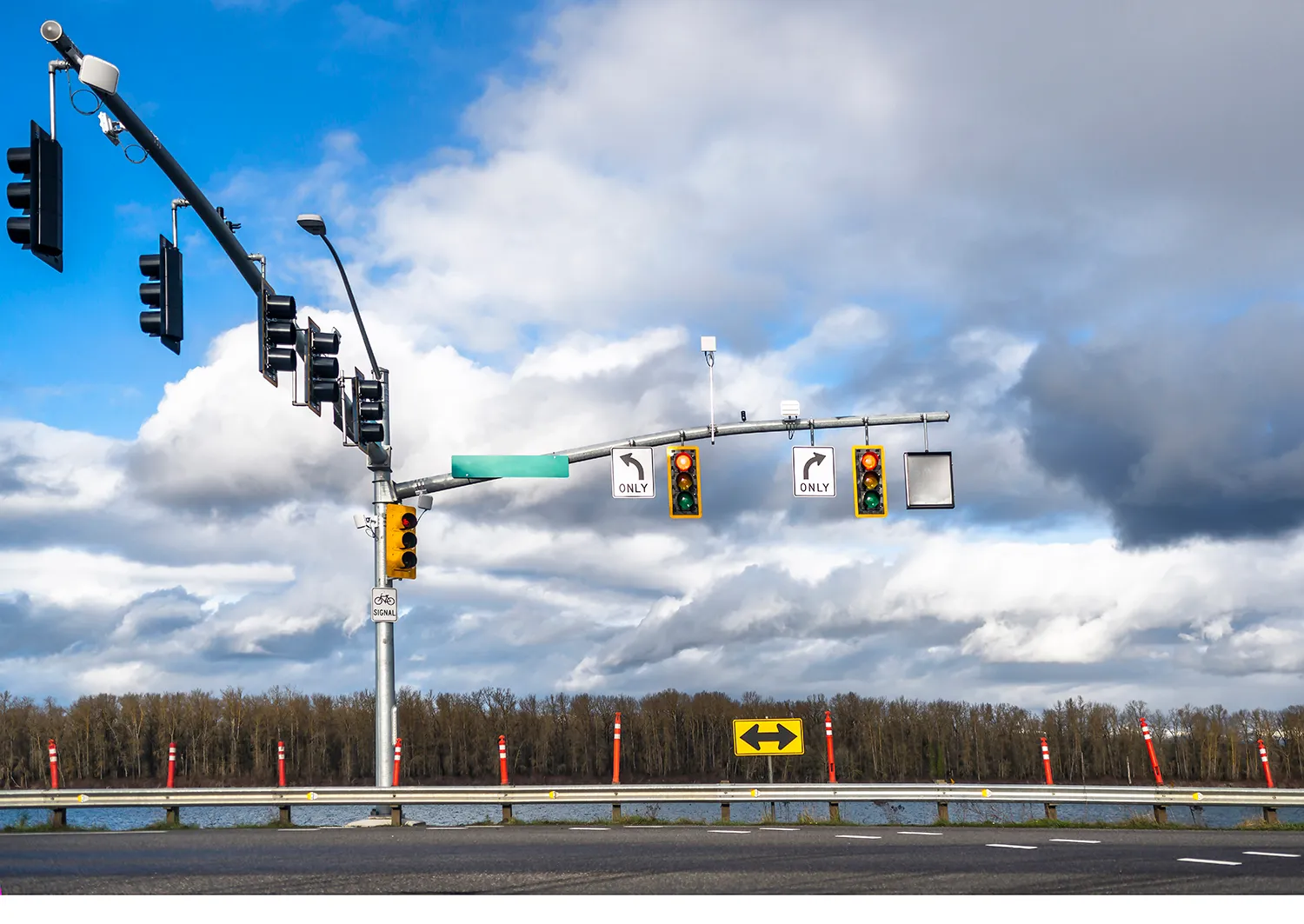
The next step will be integration with mobile applications—Moscow has already enabled traffic signal displays in Yandex.Navigator and 2GIS. By 2026, the system is expected to expand across the entire city and beyond.
Future adaptive control will consider not only traffic intensity but also time of day, weather, public transport flow, and pedestrian movement. Integration with computer vision and artificial intelligence will open the door to predictive management and scenario forecasting.
Kaluga has proven that urban transport digitalization is not a futuristic concept but a working tool for improving quality of life. Boosting vehicle speeds by 25% with relatively modest investments demonstrates the economic efficiency of smart technologies and lays the groundwork for broader adoption in Russian cities.




